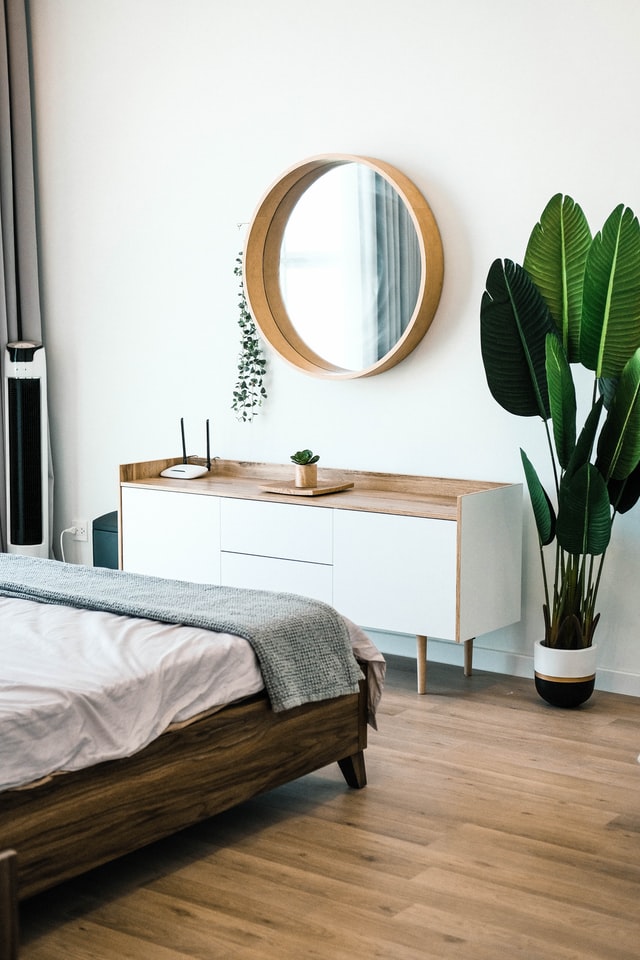Plant-based Chemistry Reduces VOCs – Protecting the Environment and Human Health
As we develop our technological solutions for a healthier and greener way of life, we always comes back to one essential fact: on average, people spend 90% of their lives indoors. Yet indoor air is often more polluted than outdoor air. VOCs (volatile organic compounds) given off by our furniture, interior decor, flooring and cleaning products are often the root cause of poor indoor air quality.
Did you know that large quantities of volatile organic compounds (VOCs for short) are present in our indoor spaces and that they often negatively affect our health? What are these VOCs anyway? What impact do they have on our health?
What are VOCs?
VOCs are organic compounds that commonly exist as gases in our atmosphere. The category of VOCs can be subdivided into compounds that include methane (CH4) – found in the gases emitted by ruminants and decomposing plant matter – and non-methane volatile organic compounds, or NMVOCs for short. Today we are focusing on NMVOCs. These are mainly produced by fossil fuels, engines and boilers that burn biomass, industrial activities (mines, oil and gas exploration, etc.), and any activities that involve the organic solvents found in adhesives, paints, varnishes, etc.
One of the VOCs that is present in large quantities in indoor spaces is formaldehyde – it is emitted by resins (for instance those found in wood panels), household products, and smoke from tobacco and candles.

Direct and Indirect Health Impact
The main problem with VOCs is that they are found in solid materials or in liquids that are regularly used in households as well as professional and industrial contexts. VOCs are ozone precursors and as a result they cause indirect health problems such as irritation, coughing or shortness of breath.
VOCs also directly impact our health, with the most harmful compounds being classified as confirmed carcinogens. This is true of benzene as well as formaldehyde, a pollutant emitted by construction materials, coatings, furnishings, decor items and cleaning products. The Indoor Air Quality Observatory in France has found that the concentration of certain pollutants can be up to 15 times greater indoors than outdoors!
Limiting the Concentrations for VOCs in Indoor Spaces
Luckily there are ways to reduce our exposure to VOCs in our indoor spaces. The first is airing out our homes, with the aim being to bring new air in and keep pollutants from accumulating indoors.
But ideally we would want to go a step further and reduce sources of pollution in our homes. Our first instinct when buying a building or decorative product should be to look for A+ rated products, which have the lowest volatile compound emissions.
You can find tips for improving indoor air quality at the Indoor Air Quality Observatory’s website here.
And what about Evertree?
Improving indoor air quality was what our researchers had in mind when they began looking into plant-based alternatives to the fossil-fuel-derived chemical resins used in wood materials. After several years of research and patents filed in over 13 patent families, Evertree developed the first plant-based and formaldehyde-free adhesive solution: Green Ultimate. The project was originally named “Respire” and for good reason: this plant-based resin eliminates the problems associated with one of the main VOCs present in our homes.
Created using this plant-based resin, the Next® MDF panel – the first bio-based A+ rated MDF panel developed in partnership with Panneaux de Corrèze – made it possible to produce furniture and decorate our interiors while reducing VOC emissions.
This represents a major advance that is better for human health and the environment.

This website has been designed to reduce impact on the environment.